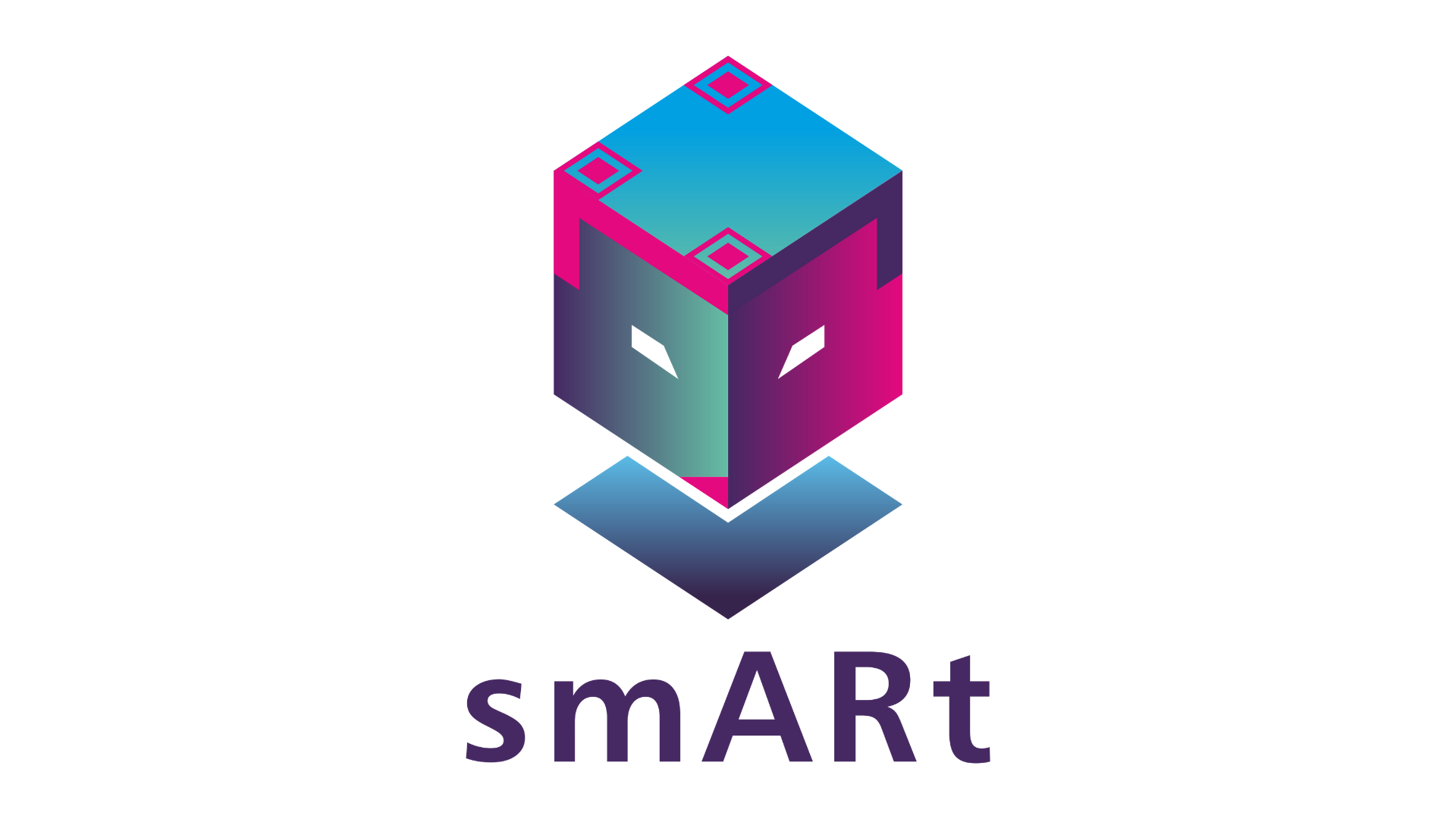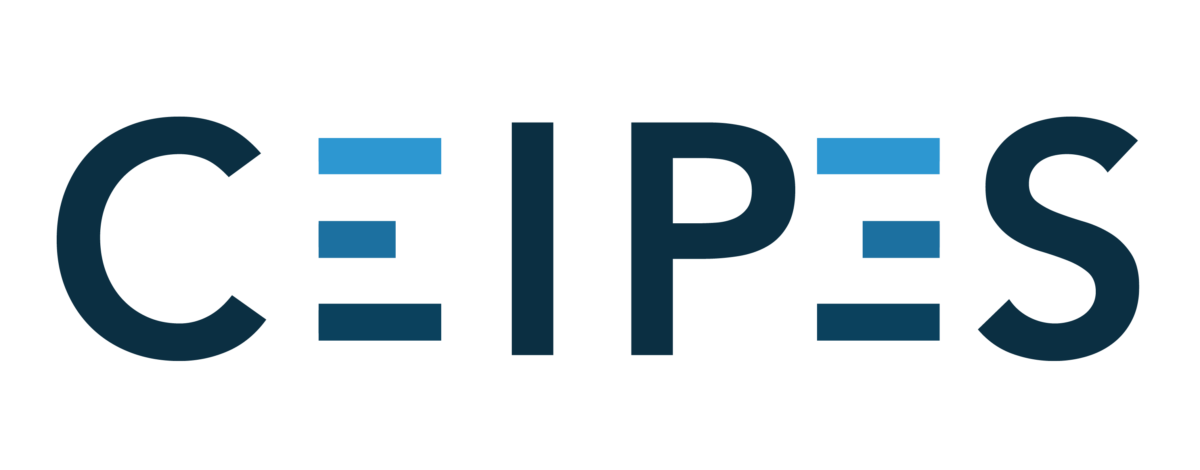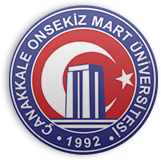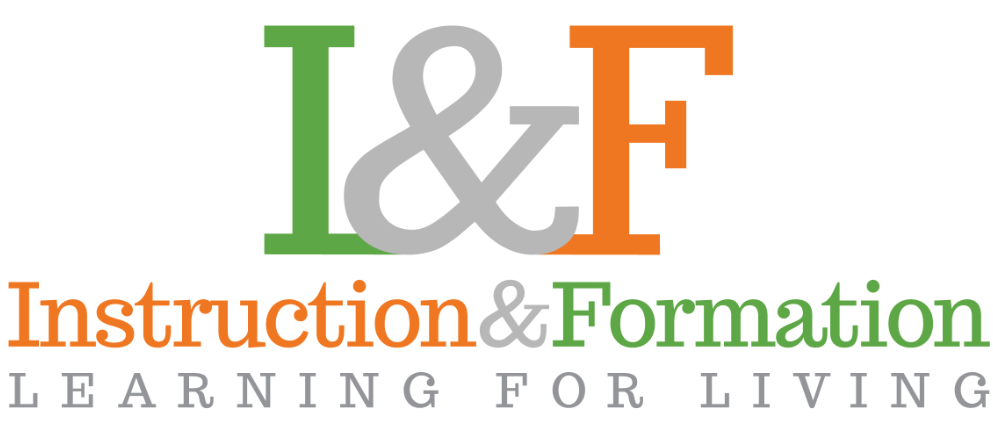
smARt – augmented reality technology adaptation in schools
Project Number: 2022-1-LT01-KA220-SCH-000087659
Timespan of the Project: 01/09/2022 - 31/08/2024
Project E-mail: info@ceipes.org
Financial Program: Erasmus+
Objectives
The main objectives of the smARt project are focused on increasing schoolchildren’s interest in STEM subjects and new competencies development through augmented reality (AR) use in classrooms, in order to reflect the needs of the labor market and the needs of the schoolchildren themselves.
The specific aims are:
- To increase schoolchildren’s participation and interest in STEM subjects
- To raise awareness and draw attention to technology use importance in schools at local, national, and international levels.
- To increase the quality of the educational process of schoolchildren and teachers
- To provide proper tools to schoolchildren and teachers
- To create and promote tools and guides for local and Europe-wide usage to assist in the school shift toward digitalization
- To increase the quality of the school education in the countries involved
- To increase the cooperation among European different entities working in the field of education and technology development.
- To establish cooperation and partnership at the European level.
- To develop and to promote STEM competencies for schoolchildren
- To promote a European up-skills pathway, carried out in different countries for using augmented reality in different spheres
- To increase the quality of the technological knowledge of the partners involved and their stakeholders
- To promote a lifelong upgrade of competencies by teachers in the technological field
Activities
The project will engage in the following activities:
- Project management and implementation
- 4 Transnational meetings
- Cross-country researches and results digitalization
- Development, pilot and definition of methodology and guidelines on how to use augmented reality for STEM subjects teaching in schools
- AR files identification, 3D files creation: design, digitalization, programming, and development of the QR codes
- Virtual environment as an open library creation by programming the platform, uploading of the digitalized material
- Development of a guide on how to use the files and the platform for teachers and for schoolchildren in all partner’s languages
- International schoolchildren online competition/conference
- Development of best practices from schoolchildren
- Development of the sustainability plan and recommendations for AR files development in different school subjects, education sectors, etc. at the EU level
- Preparation of dissemination strategy and exploitation
- Development of the project identity
- Project promotion
- 6 Multiplier events
Results
The project has yielded the following results:
- Cross-country researches and guidelines on using AR for teaching and learning STEM;
- 3D AR files and digital environment as an open library;
- A guide on how to use the files and the platform for teachers and for schoolchildren;
- N° 5 workshop per country with schoolchildren to test and create AR files;
- A sustainability plan and recommendations for AR use and development in different economic sectors, at the EU level.






Funded by the European Union. Views and opinions expressed are however those of the author(s) only and do not necessarily reflect those of the European Union or the European Education and Culture Executive Agency (EACEA). Neither the European Union nor EACEA can be held responsible for them.

